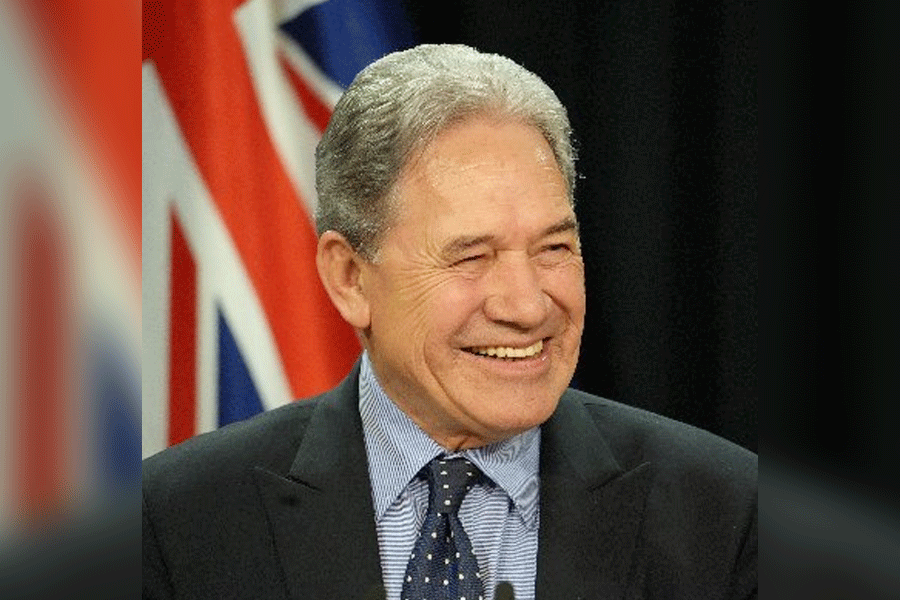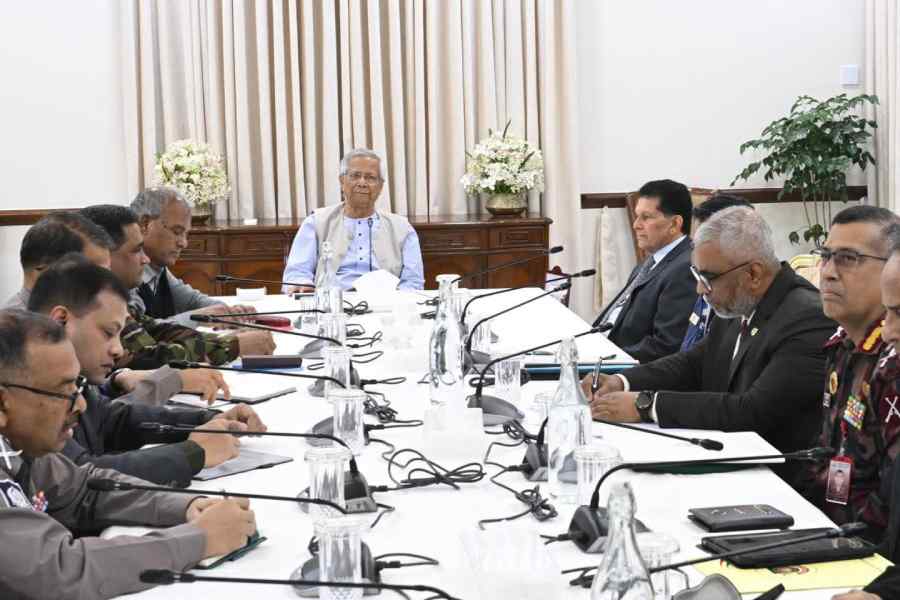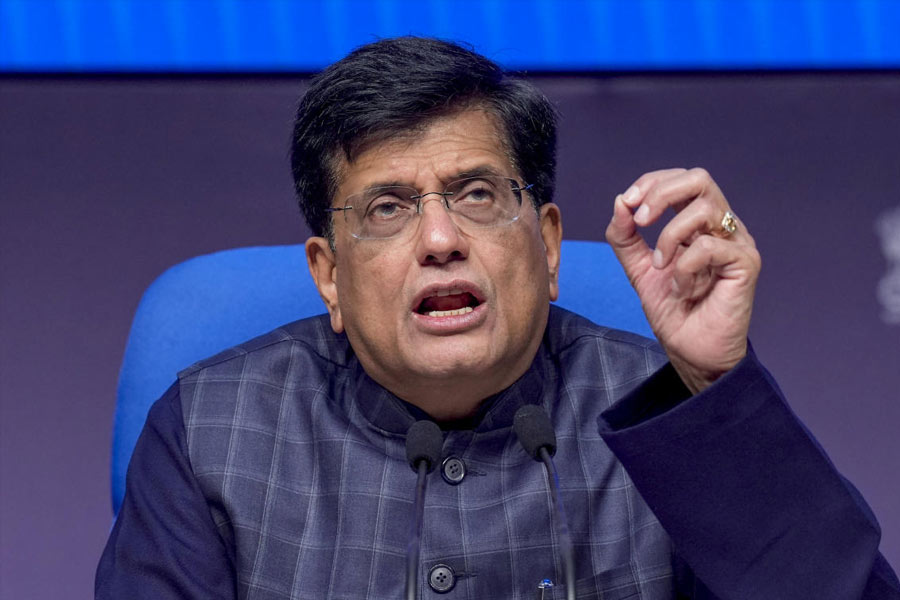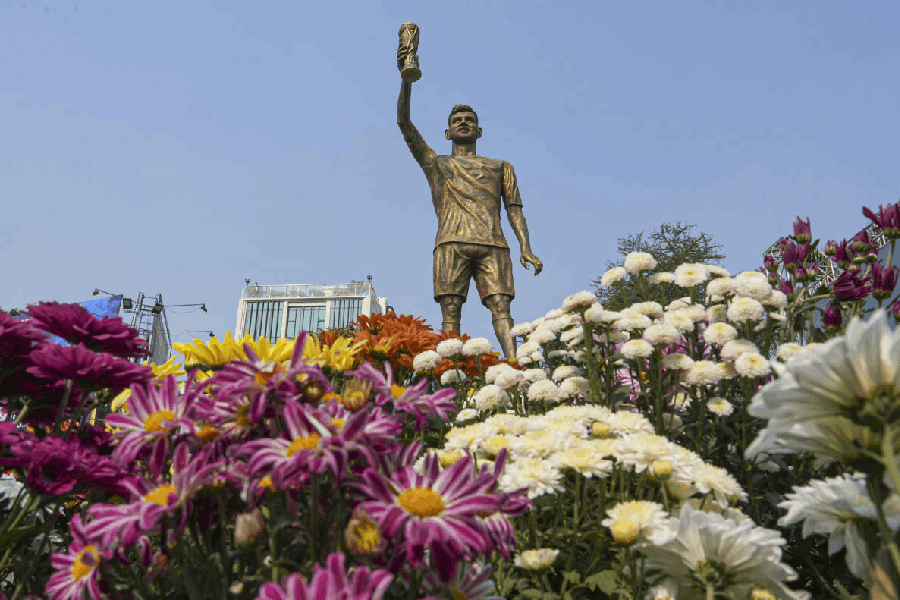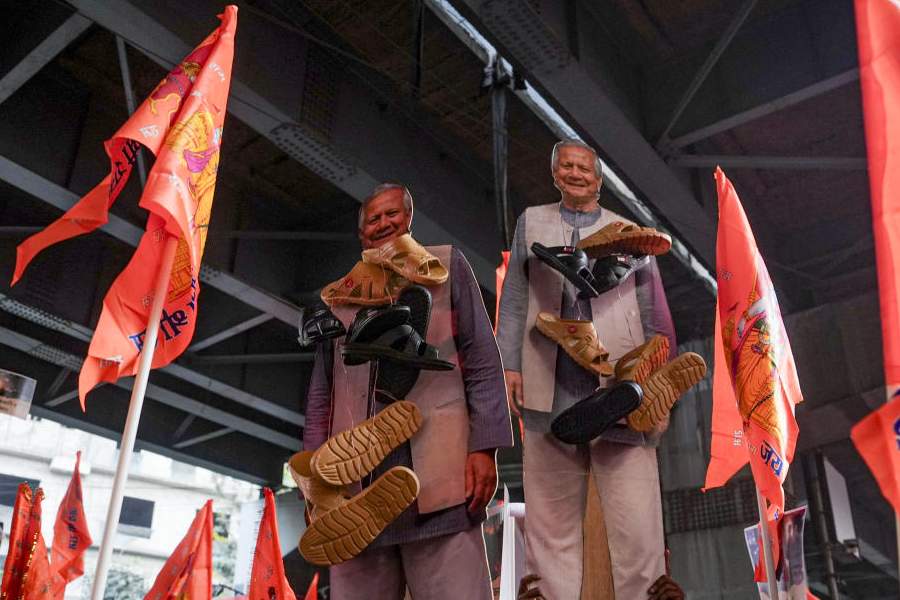 |
| PEITO DE PATO |
Since Brazil is in the news — the country will host the 2014 world cup football and the 2016 Olympics — I have been indulging in the flavours of the swinging South American country. I have been a Brazilian food fan for a long time, and find that its culinary cauldron is so large that the more I eat, the more there is to know.
Delhi or Calcutta — in fact, most of India, I would say — has little exposure to the food of Brazil. But gradually, attempts are being made to introduce our palates to the flavours of Brazil. Its signature dishes — and some more — are now being presented by Edmilson Goncalves de Azevedo, the chef de cuisine at Wildfire at the Crowne Plaza Today Hotel in Gurgaon.
“The cuisine is full of intense and contrasting flavours,” says the chef. Indeed, what makes Brazilian cuisine special is the stream of influences that has added its flavours to the food. The chef points out that the indigenous people brought to the table ingredients such as kassava and guarana. “African slaves influenced the cuisine of the coastal states, especially Bahia. And around the country, a Portuguese heritage is reflected in a variety of dishes,” he says.
 |
| ESPETINHO DE QUEIJO |
I had a memorable Brazilian dish from Bahia at the Venezuelan ambassador’s house several months ago. Ambassador Milena Ramirez, a foodie herself, had invited a visiting Brazilian celebrity chef, Carlos Siffert from Sã Paulo, to cook for a small group of people. I had the most amazing moqueca — a fish dish (though it’s also cooked with prawns, soft shell crab and green cashew nuts) in coconut milk, onions, chillies, bell peppers and reddish palm oil. The coconut milk and palm oil, chef Carlos points out, were introduced to Brazil by the Portuguese, who brought them from Asia.
“It is a dish that is light and fragrant, beautiful to look at and one that usually pleases most guests,” chef Carlos tells me. Well, the dish — served with a delicious savoury coconut rice pudding — certainly pleased me.
Chef Edmilson stresses that each region of Brazil boasts its own style of cuisine. The North has a mix of Portuguese and native Indian population; the South is influenced by people of Italian and German descent, who were among the early migrants to Brazil. “Popular dishes are heavily influenced by Indian, African and Portuguese cuisine,” he says.
The food is a testimony to the delicious fruits and vegetables that grow in Brazil. The chef points out that dishes use acai berries, jaca fruit (jackfruit), chuchu (like squash), yam, hog plum, black beans, coconut (usually coconut milk), dendê (palm oil), kassava, okra, squash, and tomatoes. “Pineapple is also used abundantly,” says chef Edmilson who does a mean peito de pato — spiced duck with charred pineapple.
The Portuguese, who colonised Brazil, gave us chhaana, or cottage cheese, which also figures on the Brazilian table. Chef Edmilson’s repertoire includes a dish called espetinho de queijo — marinated cottage cheese. The cheese is baked for 15 minutes, cooled and blended with onion, garlic, thyme, black pepper, paprika powder, chilli flakes, white wine, extra virgin olive oil and rock salt. Then it is refrigerated with bell peppers for 5-6 hours, to be later grilled and eaten.
One of the most popular Brazilian dishes is the feijoada — a rich black bean stew with salt pork, smoked pork sausages and ribs and beef jerky — served with plain white rice, collard greens (or kale) sautéed in olive oil and garlic, kassava, fresh orange slices and a hot chilli sauce.
Feijoada is often called the national dish of Brazil. Chef Edmilson loves it but being greatly fond of meat, his personal favourite is the churrasco — or barbecued meat — which is especially popular in the southern parts, neighbouring Argentina and Uruguay.
“This is Gaucho land, plains where they raise cattle. There is plenty of beef available, and it is cooked over burning charcoal,” explains chef Carlos. “It is not a sophisticated dish at all. Seasoned only with rock salt, it is a meal that can last for hours.”
Chef Carlos points out that some cuts are skewered and placed near, not over, the fire and cooked slowly, for five or six hours. The meats are served with bread and a sauce prepared with raw onions, tomatoes, bell peppers, parsley, scallions, vinegar or lemon juice and olive oil.
Given a choice, chef Carlos would like to cook some moqueca to show-case the best of Brazilian cuisine. And though he fears that Indians may find Brazilian food too mild, my gut feeling is that a dish like this will appeal to diners who are experimenting with new tastes and flavours. And even for those with more traditional palates, barbecued food like churassco can be a hit.
And for football loving Indians — whose Mecca is Brazil — the logic is simple. If Pele likes it, so do we...
Coxa De Frango
(serves 4-6)
Ingredients:
• 1kg chicken legs with bone and skin •100g onion • 40g garlicl3g thyme •3g black pepper • 4tbs paprika powder • 2tbs chilli flakes • 60ml white wine • 100ml extra virgin olive oillrock salt to taste
 |
Method:
Clean and wash the chicken legs and keep in a colander for 10-15 minutes. In a bowl, mix all the remaining ingredients. Blend the mixture in blender till smooth. Marinate the chicken in the smooth mixture and refrigerate the marinated chicken for about 5-6 hours. Barbeque or roast the chicken in a grill or an oven at 200°F for 20 minutes. Serve hot.


